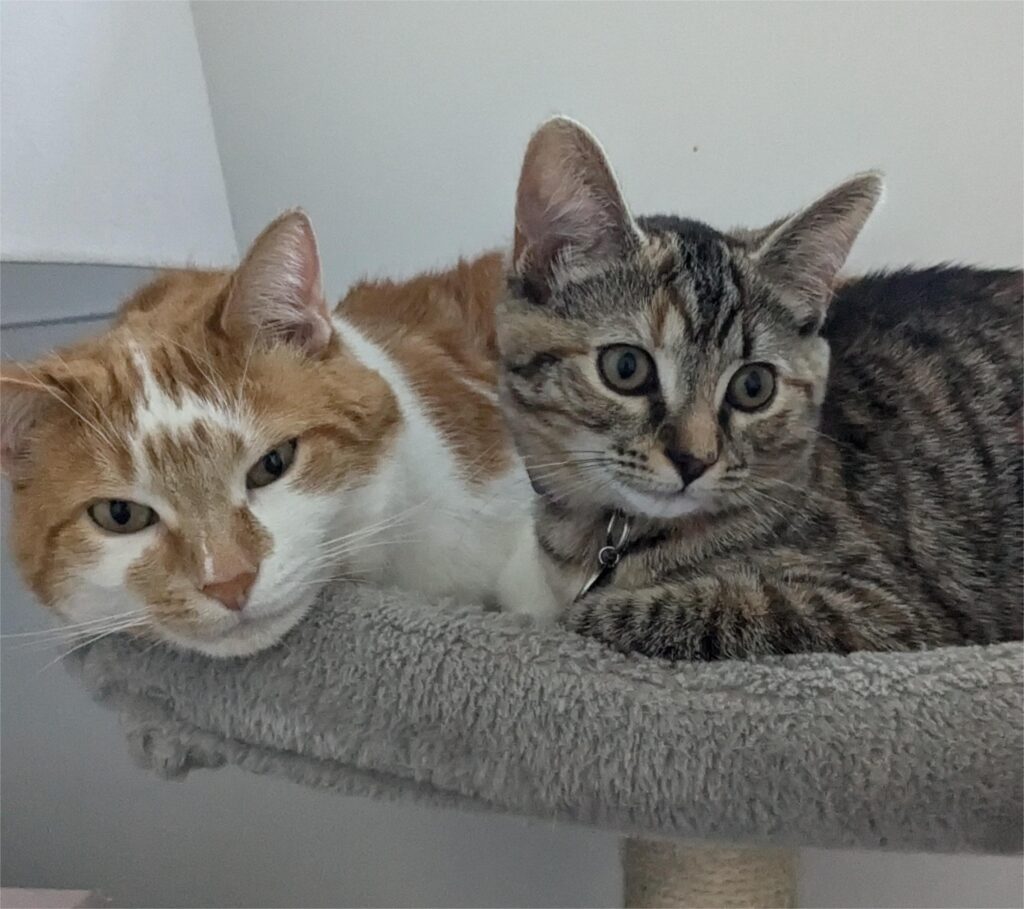Cats are known for their mysterious and sometimes perplexing behavior. One common issue many cat owners face is a constantly meowing cat. If you find yourself asking, “Why won’t my cat stop whining?” you’re not alone. We’ll dive into the reasons behind your cat’s persistent vocalization and provide some practical solutions.

Understanding Why Cats Whine
Here are some common reasons:
Hunger or Thirst : The most straightforward reason for a cat’s whining is that it’s hungry or thirsty. Cats might whine when their food or water bowl is empty, or if they’re on a feeding schedule that doesn’t align with their internal clock.
Discomfort or Pain : If a cat is experiencing discomfort or pain, it might use whining as a way to express its distress. If the whining is new or persistent, a visit to the vet is a good idea to rule out any health issues.
Attention Seeking : Cats are social creatures and can whine to get your attention. If they’re feeling lonely or bored, they might vocalize to engage with you.
Aging : Older cats can develop cognitive issues or physical discomfort that might lead to increased vocalization.
Stress or Anxiety: Changes in the household environment, such as a new pet or moving to a new home, can stress out your cat.
Tips to Stop the Whining
Regular Feeding Schedule
Ensure that your cat is fed on a regular schedule. If your cat is whining due to hunger, a consistent feeding routine can help.
Check for Health Issues
If the whining is sudden or excessive, it’s essential to have your cat examined by a vet. Health problems, including dental issues, arthritis, or even ear infections, can cause discomfort that leads to whining.
Interactive Play
If your cat is whining for attention, try engaging it in interactive play. Toys that stimulate your cat’s hunting instincts, like feather wands or laser pointers, can provide mental and physical stimulation.
Create a Calm Environment
For cats stressed by changes in their environment, providing a calm and stable atmosphere can help. Reward your cat when it is quiet and calm. This teaches your cat that being quiet results in positive outcomes. Avoid reinforcing whining by giving attention or treats during these times.
Consistency is Key
Addressing whining can take time and patience. Be consistent with your approach, and avoid reacting to whining with frustration. Your calm and steady behavior will help your cat feel more secure.

Leave a Reply